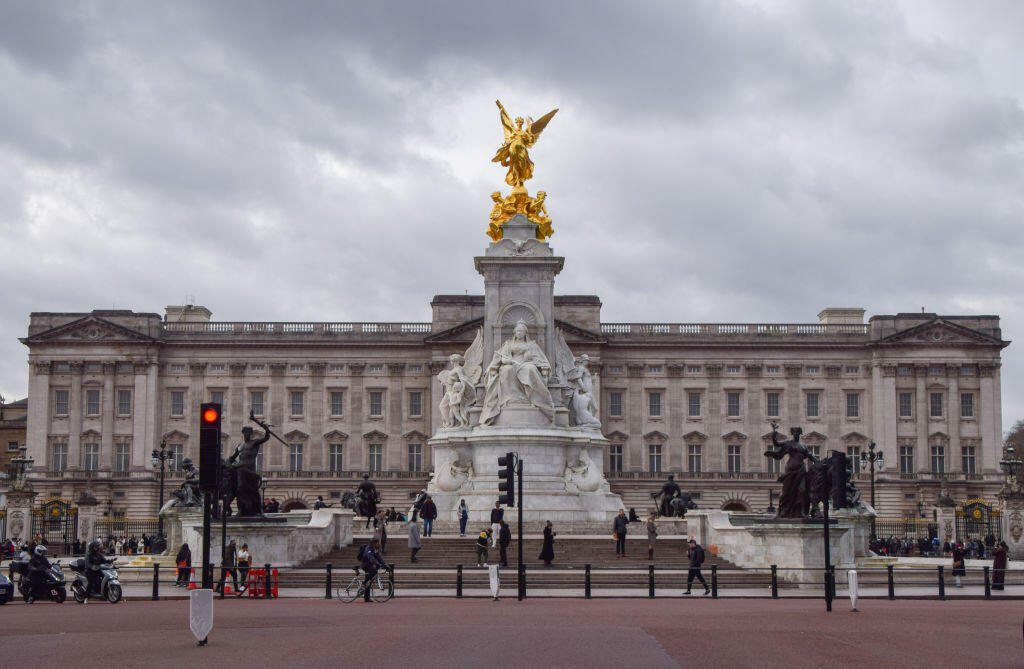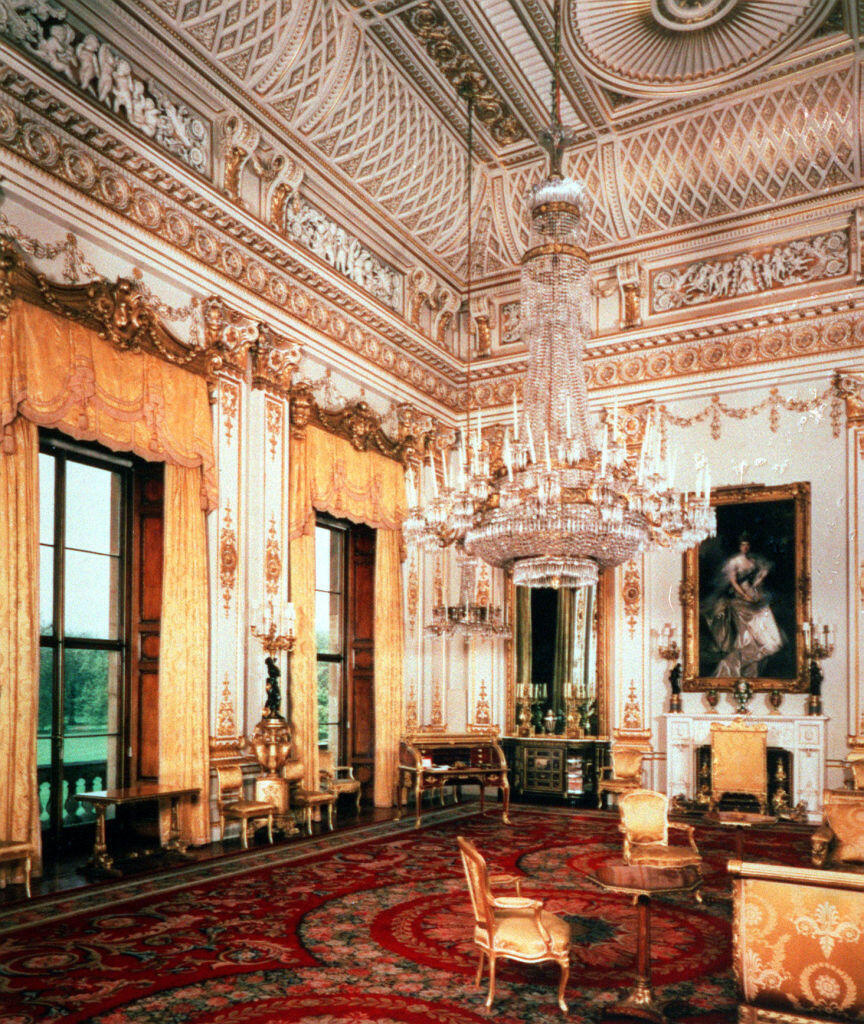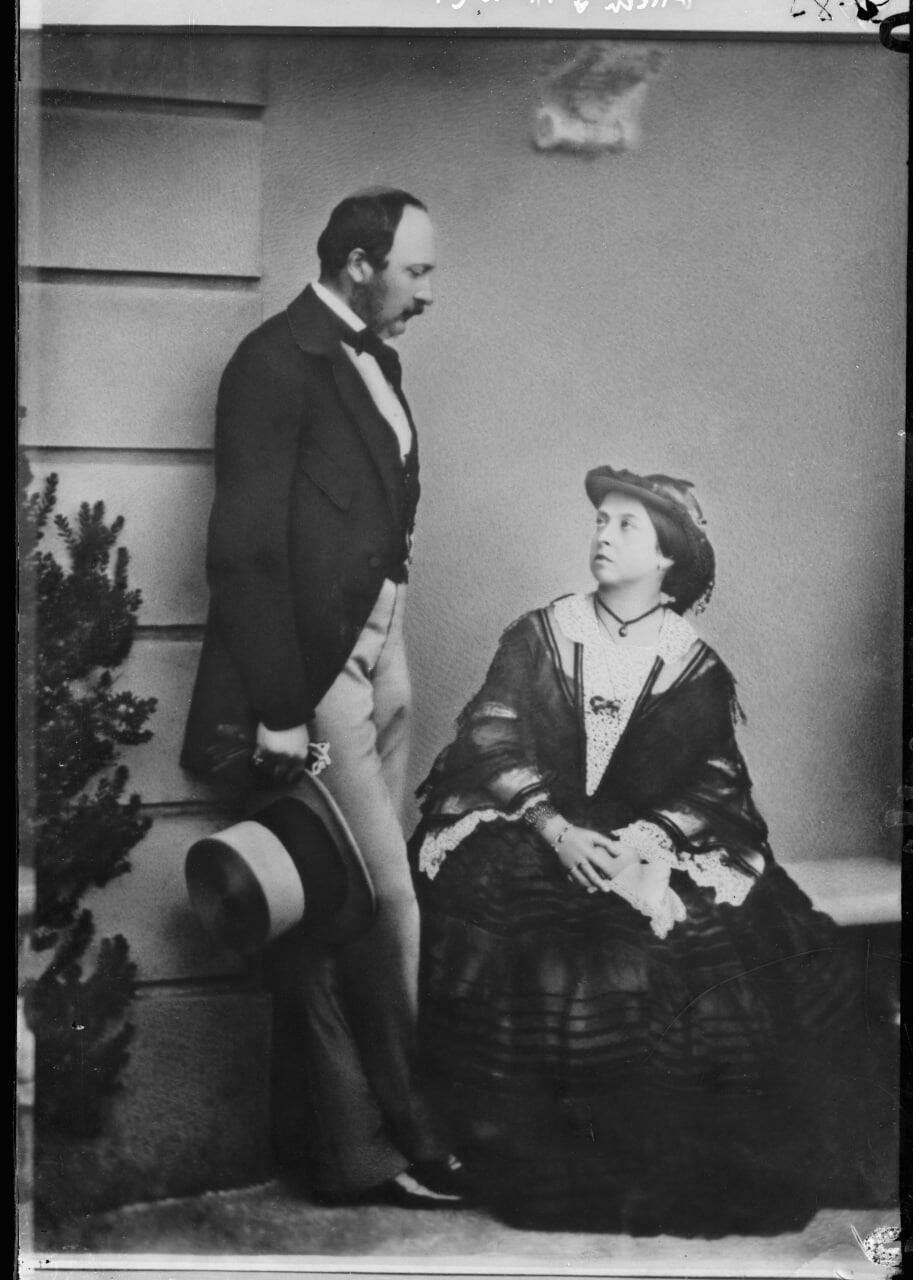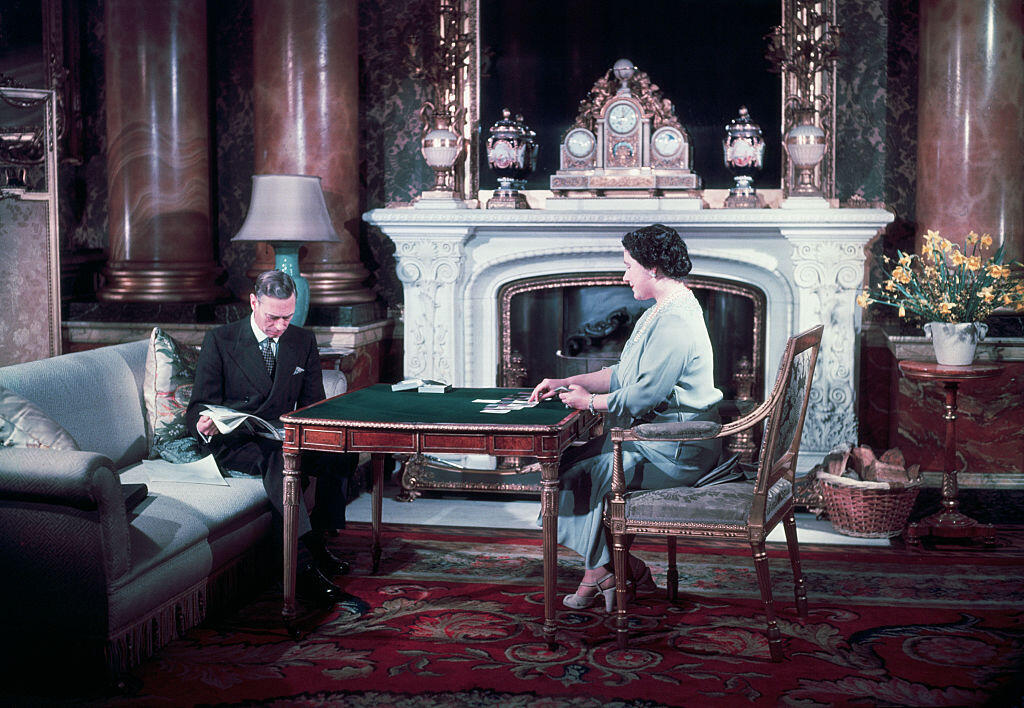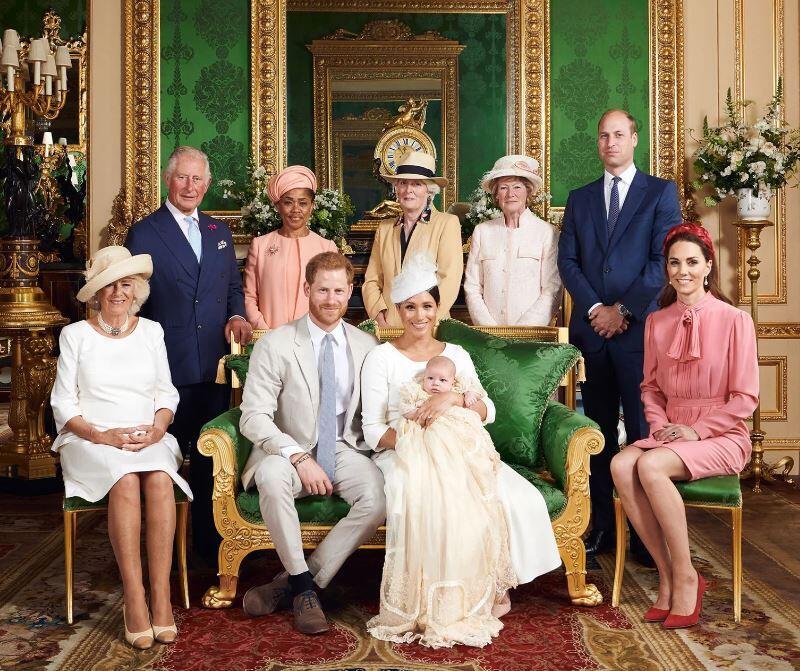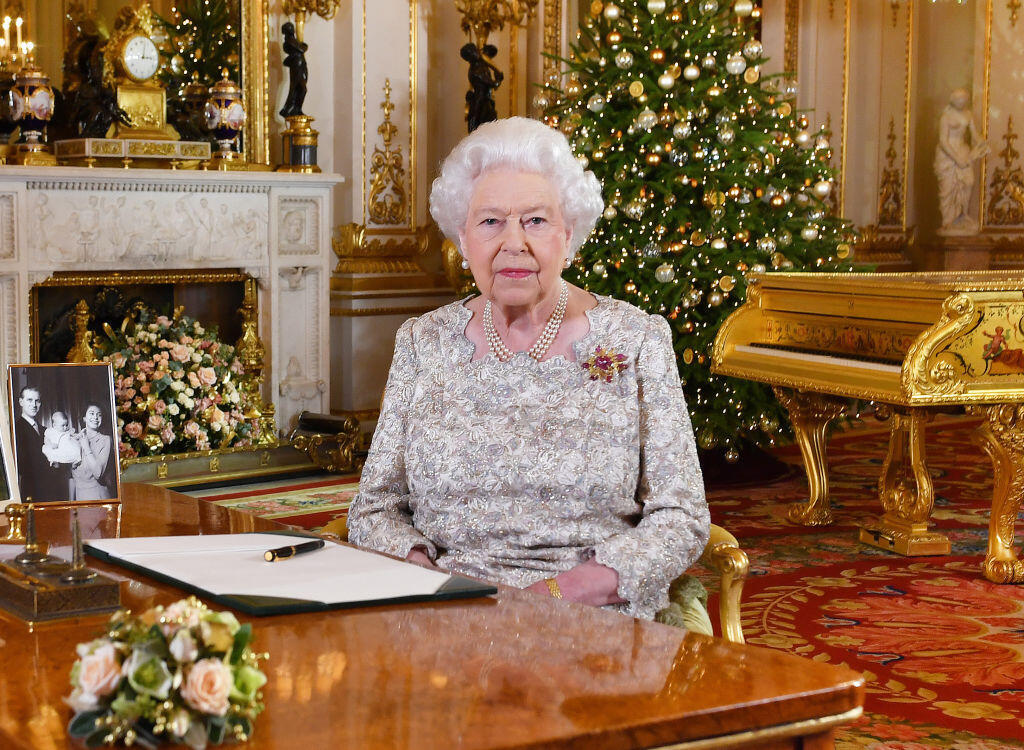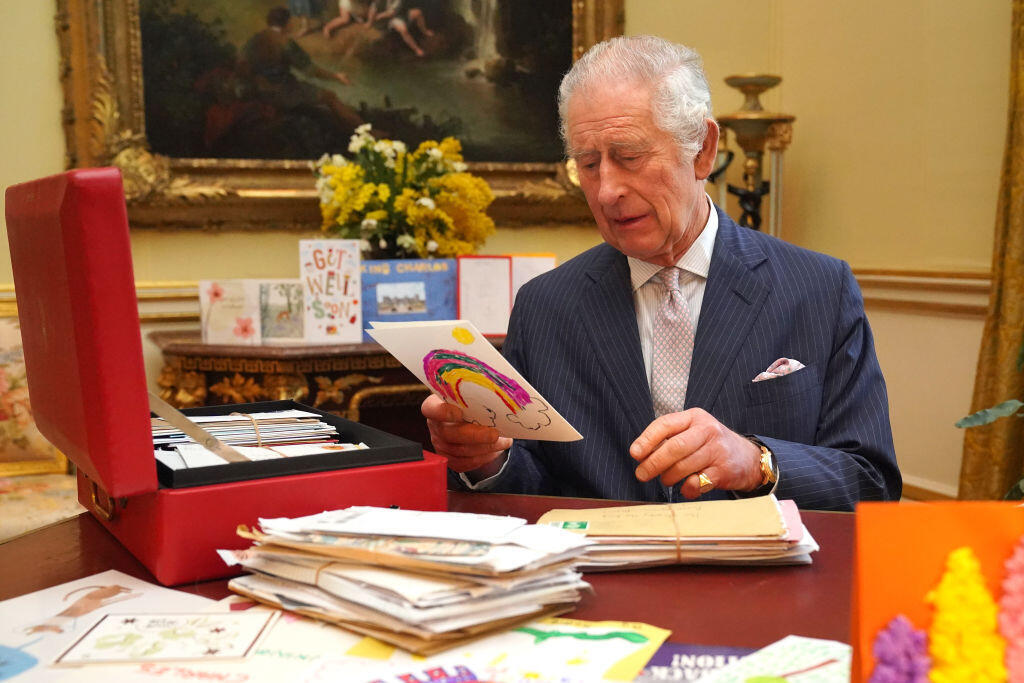While many of us contend with the realities of cramped living spaces and less-than-ideal conditions, some seem to find fault even in the lap of luxury. We're referring, of course, to the British Royal Family, who apparently aren't entirely satisfied with their residence at Buckingham Palace.
Buckingham Palace officially became the Royal Family's home in 1837 upon Queen Victoria's ascension to the throne. However, her husband, Prince Albert, felt the palace was too small for their growing family, leading to a significant renovation and expansion in 1847. Today, the palace boasts an impressive 775 rooms, including 19 state rooms for official functions, 52 royal bedrooms, 188 staff bedrooms, 92 offices, and 78 bathrooms.
Despite its grandeur and size, Buckingham Palace hasn't earned the status of a beloved home among the monarchs who have resided there. The reason? It lacks the warmth and intimacy of a true home, resembling more of a sprawling complex dedicated to official duties and administrative tasks. The royals' private quarters are dispersed across various floors, further contributing to the sense of detachment.
As one palace insider revealed, "There's a coldness to the palace, it's not a personal or family place." This sentiment echoes a scene from the television series 'The Crown,' where Queen Elizabeth requests Prince Charles' presence in her room, only for him to take an extended amount of time to arrive. It seems that much of the family's communication occurs through their respective offices, a rather unconventional approach to familial interaction.
Buckingham Palace, despite its opulence, hasn't always been a cherished home for the British monarchs. Throughout history, several royals have voiced their discontent with the palace as a primary residence.
King George III, whose reign spanned from 1760 to 1820, sought solace within Buckingham Palace, transforming it into a sanctuary filled with books and paintings. However, when it came to choosing a place to truly call home, the late king favored the comfort and familiarity of Windsor Castle.
Similarly, George IV, who ascended to the throne in 1820, embellished the palace with an array of artwork, yet he too found little appeal in residing there. Queen Victoria, who succeeded him, primarily utilized Buckingham Palace for official engagements and ceremonies. She often expressed a preference for other royal residences, finding greater happiness at Balmoral Castle, Osborne House, or even Windsor Castle. In fact, after the passing of her beloved husband Prince Albert in 1861, Queen Victoria's visits to Buckingham Palace became exceedingly rare.
Buckingham Palace, despite its grandeur, hasn't always captured the hearts of the British monarchs. King Edward VII, for instance, found greater enjoyment in the vibrant atmosphere of Sandringham Estate, utilizing Buckingham Palace primarily for extravagant social gatherings. Biographer Edna Healey aptly described his sentiment, stating, "Buckingham Palace was like another grand hotel to which he could occasionally move." His wife, Queen Alexandra, shared this aversion to the palace, resisting both moving in and leaving after the king's passing.
Queen Elizabeth's grandfather, King George V, also favored Sandringham House over Buckingham Palace, which he perceived as a "ship run under discipline and authority," essentially viewing it as his workplace. His son, King Edward VIII, felt similarly uncomfortable within the palace walls, residing there only out of a sense of duty before his abdication for love.
King George VI and the Queen Mother, while utilizing Buckingham Palace for official purposes, preferred the tranquility of Windsor Castle for their personal lives. However, during World War II, the palace took on a new significance, becoming a symbol of national unity and strength in the face of adversity.
Adding to the palace's rich history is the intriguing fact that it was bombed nine times during World War II. The first attack occurred on September 13, 1940, when five bombs fell upon the palace during a series of air raids across London.
Despite Queen Elizabeth's contentment with life at Clarence House alongside Prince Philip, Winston Churchill firmly believed that Buckingham Palace was the proper residence for the reigning monarch. This led to a relocation that Prince Philip strongly opposed, partly due to the presence of his mother-in-law, the Queen Mother, who remained at the palace even after King George VI's passing and subsequent requests for her to move to Clarence House.
Adding a touch of irony to the situation, the Queen Mother held her ground despite Prince Philip's insistence. However, fate intervened when a heating malfunction in Queen Elizabeth's room at the palace a few months after King George VI's death ultimately forced the move to Clarence House.
Queen Elizabeth and Prince Philip often sought refuge from the bustle of royal life by escaping to Windsor Castle every weekend. Elizabeth also expressed her deep affection for spending time at Balmoral Castle. In 2020, with the onset of the COVID-19 pandemic, Elizabeth relocated to Windsor Castle, where her husband had already moved shortly before. From that point until her passing in September 2022, she did not spend a single night at Buckingham Palace.
As for King Charles, it appears he will never abandon Clarence House and will continue to visit the palace solely for royal events and important meetings. Considering Clarence House's rural charm, complete with a spacious garden and a central London location, this preference is not entirely surprising.
Despite the royals' lukewarm feelings towards the palace, Buckingham Palace remains London's premier tourist attraction. Its global recognition as the monarch's residence and the focal point of national and royal celebrations contributes significantly to its allure. Of course, the Changing of the Guard ceremony also draws large crowds from around the world.
According to data released by the palace, hundreds of thousands of tourists visit each year. While some are fortunate enough to participate in guided tours of the designated visitor areas, the vast majority can only admire the palace from afar. Interestingly, the palace experienced its peak visitor numbers between 2019 and 2020, welcoming over three million tourists and contributing a substantial £49 million to the British economy.


